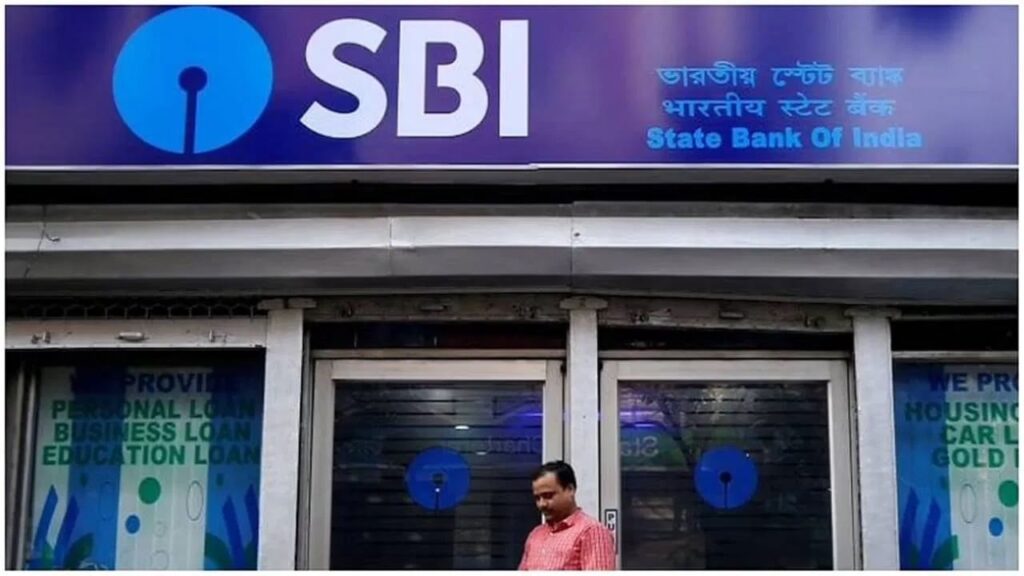The State Bank of India (SBI), the largest bank in the country, is currently navigating challenges in deposit growth; however, Chairman Dinesh Khara remains optimistic about the bank’s financial health. In light of rising concerns from the Reserve Bank of India (RBI) and the government regarding stagnant deposit growth, Khara emphasizes the bank’s ongoing asset growth in lending. Recently, the rate of loan growth has slowed to 13.8%, with deposit growth decreasing to 10.3%, prompting significant attention and scrutiny.
Why is the RBI Concerned?
The growing inclination of the public towards mutual funds and the stock market raises questions about the future of banks. RBI Governor Shaktikanta Das has issued multiple warnings regarding this trend. In response, the Finance Minister has called for public sector banks to devise new strategies to attract more deposits.
Addressing these concerns, Khara stated, “We are well-positioned to support our loan book growth. As long as we can do so, I don’t see any challenges ahead.” He stressed that SBI is effectively managing its resources by reducing additional investments in government securities, currently exceeding ₹16 trillion, to ensure ample capital for lending.
Annual Growth Observed
In the first quarter of the ongoing fiscal year, SBI reported an annual deposit growth of 8.18%, increasing from ₹45.31 trillion in the previous year to ₹49.02 trillion. Despite this, there has been a slight sequential decline of 0.29% in deposits. As Khara prepares to step down from his position after nearly four years at the helm on August 28, he reiterated the bank’s capability to sustain growth through strategic resource management. SBI has challenged the narrative that deposit growth in the banking sector is slowing, referring to it as a statistical myth.
The Reality Behind Deposit and Loan Growth
While it is true that loan growth has outpaced deposit growth in recent years, a thorough analysis presents a different picture. In FY23, all Scheduled Commercial Banks (ASCB) recorded the highest absolute growth in both deposits and loans since 1951-52. Deposits increased by ₹15.7 lakh crore, while loans grew by ₹17.8 lakh crore, resulting in a loan-to-deposit (CD) ratio of 113%. This growth momentum continued into FY24, with deposits increasing by ₹24.3 lakh crore and loans by ₹27.5 lakh crore.
Insights into the Banking Sector
As we examine the banking sector’s dynamics, several trends emerge:
| Metrics | FY23 | FY24 (Projected) |
|---|---|---|
| Total Deposit Growth | ₹15.7 lakh crore | ₹24.3 lakh crore |
| Total Loan Growth | ₹17.8 lakh crore | ₹27.5 lakh crore |
| Loan-Deposit Ratio | 113% | (To be monitored) |
Conclusion
The SBI’s robust management strategies, alongside a response to market trends, assure stakeholders of its capacity to thrive despite prevailing challenges in deposit growth. With a focus on strategic resource allocation and an understanding of market dynamics, SBI aims to sustain its growth trajectory and continue serving the banking needs of the nation effectively.

